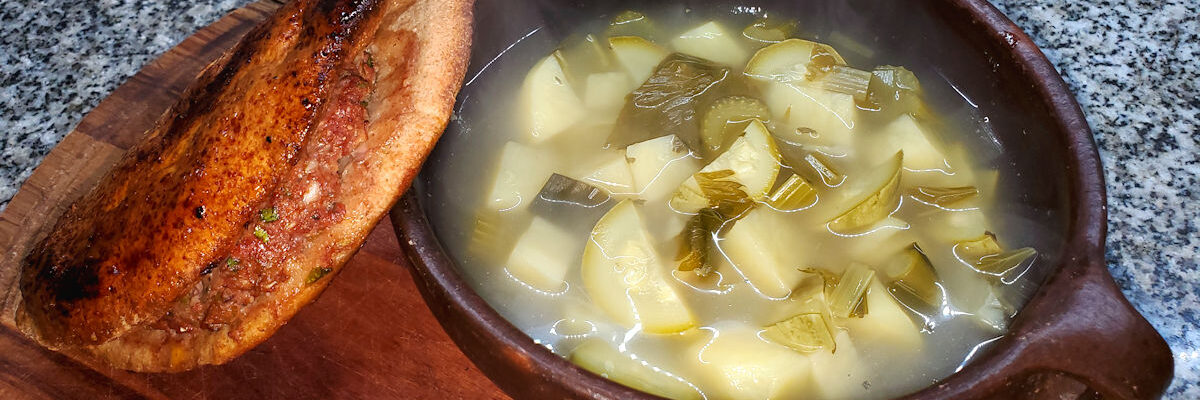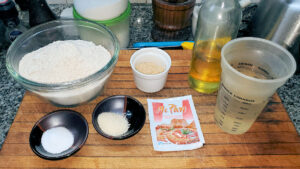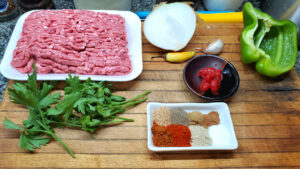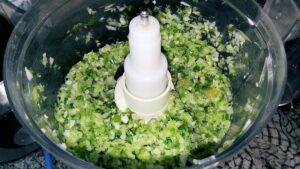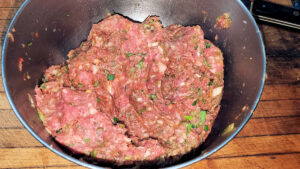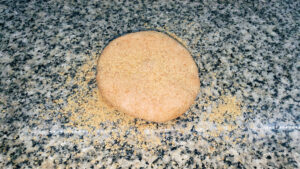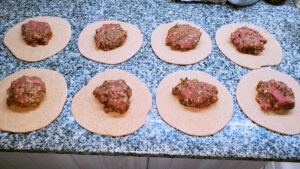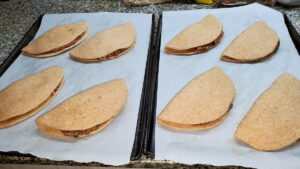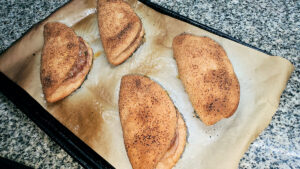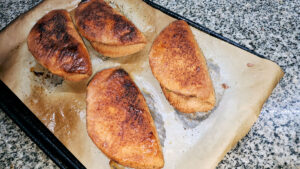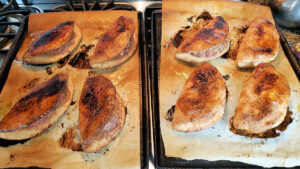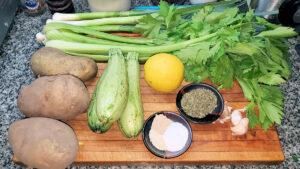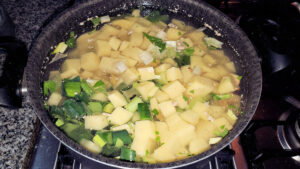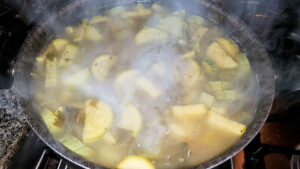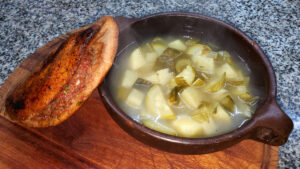The Pyramids. The Sphinx. The Sahara Desert. The Nile River. Raiders of the Lost Ark. Egypt is a country we all have a vague familiarity with from iconic images and film, but most of us probably have little to no personal experience with either the country or its cuisine. Welcome to our next entry in this massive project!
 While Egypt has obviously existed in one form of country or another since the start of recorded history, in its current incarnation it was granted independence from the UK as a kingdom just in 1922, and didn’t declare itself as a republic, with a president rather than king, until 1953, and its first elected, rather than appointed, president, in 1956.
While Egypt has obviously existed in one form of country or another since the start of recorded history, in its current incarnation it was granted independence from the UK as a kingdom just in 1922, and didn’t declare itself as a republic, with a president rather than king, until 1953, and its first elected, rather than appointed, president, in 1956.
At 390,000 square miles, in size it falls between the US’ two biggest states, Alaska and Texas, though packs in a population almost equal to our four biggest states, California, Texas, Florida, and New York, combined. Moreover, 95% of the people live in a sort of belt along the Nile River that’s only about 20% of the country’s land mass, making it one of the most densely populated areas in the world, and overall it’s the most populous country in the Middle East.
Ethnically, the population is fairly homogenous, with 99.7% being of Egyptian descent. There are very small populations of Bedouins and people from neighboring countries. Though there are a couple of dialects, Arab is universally spoken. Roughly 85% of the population are Muslim, the balance are mostly Coptic Christian. Noteworthy, officially the country only accepts Islam, Christianity, and Judaism as religions, and practitioners of other faiths are not only not accepted legally, but are considered threats to Egyptian security and can be prosecuted.
Egyptian cuisine is heavy on legumes, vegetables, and fruit from the region – and vegetarian dishes are common. Chicken, squab, lamb, and beef are the most common meats, and grilling is popular. There were so many breads and stuffed breads to pick from that it was hard to narrow things down, and at one point I probably had a dozen ideas I was considering. In the end, I went with a popular street food that sort of crosses the line between a pita-type bread sandwich and an empanada type stuffed pocket – Hawawshi. For the soup, the most ubiquitous seemed to be a red lentil soup, but it also seemed a little boring. I decided to go with a vegetable soup called Hamud which, while fairly simple, seemed to have an interesting flavor profile.
Let’s start with the bread itself, an Egyptian version of pita, called aish baladi. We have 2½ cups of high gluten whole wheat bread flour, 2 teaspoons of sugar, 1½ teaspoons of salt, a packet of instant yeast, 2 teaspoons of vegetable oil, and around 1½ cups of warm water (which, depending on you flour, you may or may not need all of). There’s also some wheatgerm, which we’ll get to further along.
Mix all of the ingredients except the wheatgerm together, knead well, and let rest, covered, for about an hour until it doubles in size.
While the dough is proofing, let’s make the filling. We have about a pound of ground beef, half an onion, a hot chili, a garlic clove, half a green bell pepper, a heaping tablespoon of tomato paste, some parsley, and a mix of spices: a teaspoon of salt, a half teaspoon each of coriander, allspice, smoked paprika, and black pepper, a quarter teaspoon each of cumin, cardamom, and cinnamon.
Toss the onion, chili, garlic, bell pepper, and parsley into a food processor and blitz it to be finely chopped.
Mix with the ground beef, tomato paste, and all the spices. Easy enough! Now, in what various recipes described as a sort of cheat, or at least, quick version of hawawshi, you’d take already baked, commercial aish baladi/pita bread, cut it in half, stuff the pockets with the meat mixture, and then jump to the baking section of this recipe, though as the bread would be already cooked, you’d cook the whole thing for less time. But we’re making our own, and here, the bread and filling are cooked together.
Use the wheatgerm instead of flour to roll out the dough into circles. I divided this dough amount in eight equal portions.
Once rolled out, divide the filling between the dough circles.
There’s a divide in opinions here. Some people fold the dough over and seal it like an empanada, some form different shapes, some leave them open on the curved side like I did, some cut the doughs in half and seal the curved side but leave the straight side open, thus mimicking a pita pocket. It’s not going to make a difference flavor-wise, so go with what you like. Place the stuffed breads on some oiled parchment paper, and cover to let rise again, about 20 minutes.
Into a hot oven (I went with the maximum my oven would go to), and cook for 15 minutes. The dough will puff up and start to brown…
…flip them over – you’ll see that because of the oil, the underside has browned a lot more – basically frying and getting crisp. Put them back in the oven for another 5-10 minutes. Keep an eye on them, you don’t want to burn either side, but you do want them to have a crunchy surface.
Pull them out of the oven, flip them back over, and they’re ready for serving!
Let’s make our soup, which I basically got going after mixing the filling for the pockets and while the dough was rising.
For our hamud we have some leeks, some celery, potatoes, zucchini, a lemon, garlic, dried mint, salt, pepper, and sugar. Not pictured, a couple of quarts of chicken (or vegetable) stock.
Into a pot with the diced leeks, celery, and potatoes, finely chopped garlic, the juice of the lemon, and the salt, pepper, and sugar. Cover with chicken stock, bring to a simmer, and cook for half an hour.
Add the zucchini, diced or in half round slices, and the dried mint. Bring back to a simmer and cook just to cook the zucchini through, about 10-15 minutes. Adjust seasoning if needed, and, we’re ready to serve this one too. It all timed out so that the soup was basically ready within a couple of minutes of when the breads came out of the oven.
And, serve up a bowl of the hamud soup with a pocket hawawshi on the side!
So, the soup was a little basic, obviously. But it’s tasty. Henry thought it was a little too lemony, which is surprising with only one lemon in it (some recipes used two or three). It was good, but not a wow. The kind of soup that you want on a day when you want something light and nutritious. The hawawshi are fantastic. We had eight of them, and Henry’s niece was on her fourth one, practically inhaling them, and we were like hey, there are four of us here at the table, slow it down a little, we all want more. The spice blend is just delightful, and the texture of the risen but crunchy baladi is so different from either the way we’d usually eat a pita, or the shell of an empanada. I’d happily make them again, and/or use the filling in a more straightforward empanada. Yum.
Next time we head to Central America and El Salvador.
